Description
FatShark Attitude V6 FPV Goggles w/ Diversity Receiver
The new Attitude V6 goggles from Fatshark, have a lot of improvements compared to the previous V5’s. The housing has been changed to a larger and more comfortable form-fitting dominator-style (same as the flagship HDO2’s) housing. The field of view (FOV) has been expanded from 30 to 39 degrees and now allows NTSC/PAl and 4:3/16:9 switchable with adjustable IPD/Focus. These are a great option if you’re looking for an awesome pair of goggles that won’t break the bank.
The new Attitude V6 goggles are virtually identical to Fatshark’s highest-end flagship goggle, the HDO2‘s BUT instead of OLED screens w/46 degree FOV, uses a more cost effective LCOS 39 degree FOV display on each side AND includes a diversity receiver that comes pre-installed so there’s no need to spend another $120-$150 on a third-party module bay video receiver, like the TBS Fusion or Immersion RC Rapidfire. Save some $$$ but still get all of the amazing features that have made the HDO2’s so popular (minus the OLED screens)
Features
- Diversity Receiver
- 39 degree FOV
- Integrated DVR
- Adjustable IPD/Focus
- Included patch antennas
- NTSC/PAl and 4:3/16:9 switchable
Specifications
Optics
- FOV (field of view): 39 degrees diagonal
- IPD (interpupillary distance): 54 to 74 mm (adjustable)
- Focus: +2 to -6 diopters (adjustable)
- Display: Two citizen 0.4” LCOS displays
- Resolution: 1280 X 960
- NTSC/PAL: auto-selecting
- AV Mode: 4:3
- AV Mode: 16:9
- HDMI Mode: 16:9
- Audio: Stereo
User Controls
- Channel Selection: Supported
- Volume Control: Supported
- Mode Selection: Supported
- Display Control (Brightness and Contrast): Supported
- DVR Control: Supported
- Power Button / Fan Control : Supported
Electrical
- Power Supply: 7–13V input voltage (2S – 3S Supply)
- Power Consumption: 320mA @7.5V input power (no RX module)
- 770mA @7.5V input power (Rapid)
Analog DVR
- MicroSD support to 32 GB
- Record Rate: 6Mbps (MJPG compression@30 fps, AVI)
- File playback (native recording, no codec support)
- Upgradeable via SD card
- Battery: 7.4V 1.8A 18650 Battery Case
- Interface: 3.5mm AV in/out port
Power input port
- 3.5mm 3p earphone port
- RF Module Bay
- MicroSD
- HT connector 3 pin internal connection
- Dimensions: 169.2 x 80 x 45.5 mm
- Mechanical: Ergonomic molded headset w/ adjustable headband
- Power Button
- Weight: 199g
Includes
- 1x FatShark Attitude V6 FPV Goggles w/ Diversity Receiver
- 2x Patch Antenna
- 1x 18650 Battery Case
- 1x Carry Case
Recommended Add-ons:
TBS Faceplate Foam for HDO2 (fits Attitude V6) Stop ALL light leakage+increase the comfort/fit!!! *compared to stock foam insert
WARNING! BATTERIES NOT INCLUDED! INCLUDES 2x 18650 BATTERY CASE (but no 18650’s.)
Need a couple of 18650’s for the included battery case? We’ve got you covered!
Here’s a link to buy a few of the popular LG INR18650-MH1 Li-Ion batteries!
PLEASE READ THIS!!!…
I highly recommend that you don’t use both of the included Fatshark patch antennas simultaneously (unless you are flying an “out and back” flight path) since these are “directional” & require you to stay within the narrow directional beam-width.
INSTEAD, Use 1x of the included Fatshark patch antennas (or for the best performance, a Crosshair or Helical antenna such as the VAS/ETHIX Crosshair Extreme) and point it in the direction you plan to fly the farthest away in, OR in the spot on the race track where your video feed seems to have the worst signal. Then put an “omnidirectional antenna”, like the TBS Triumph Pro Long-Range version (match either LHCP or RHCP respectively) mounted on the other side of your “diversity receiver” to give you a good signal 360 degrees around you (but within <1 mile). This truly takes advantage of the diversity setup because your goggles video receiver will automatically switch between the two different types of antennas depending on your drones physical location and signal strength. There is really no point in having two identical directional antennas (pointed in the same general direction. In theory they will both get similar reception. Instead, a combination of antenna types allows the switching from directional to omnidirectional on the fly, which performs the best for me!
Happy flying!
Sincerely,
Chad Little
Boulder MultiRotor LLC



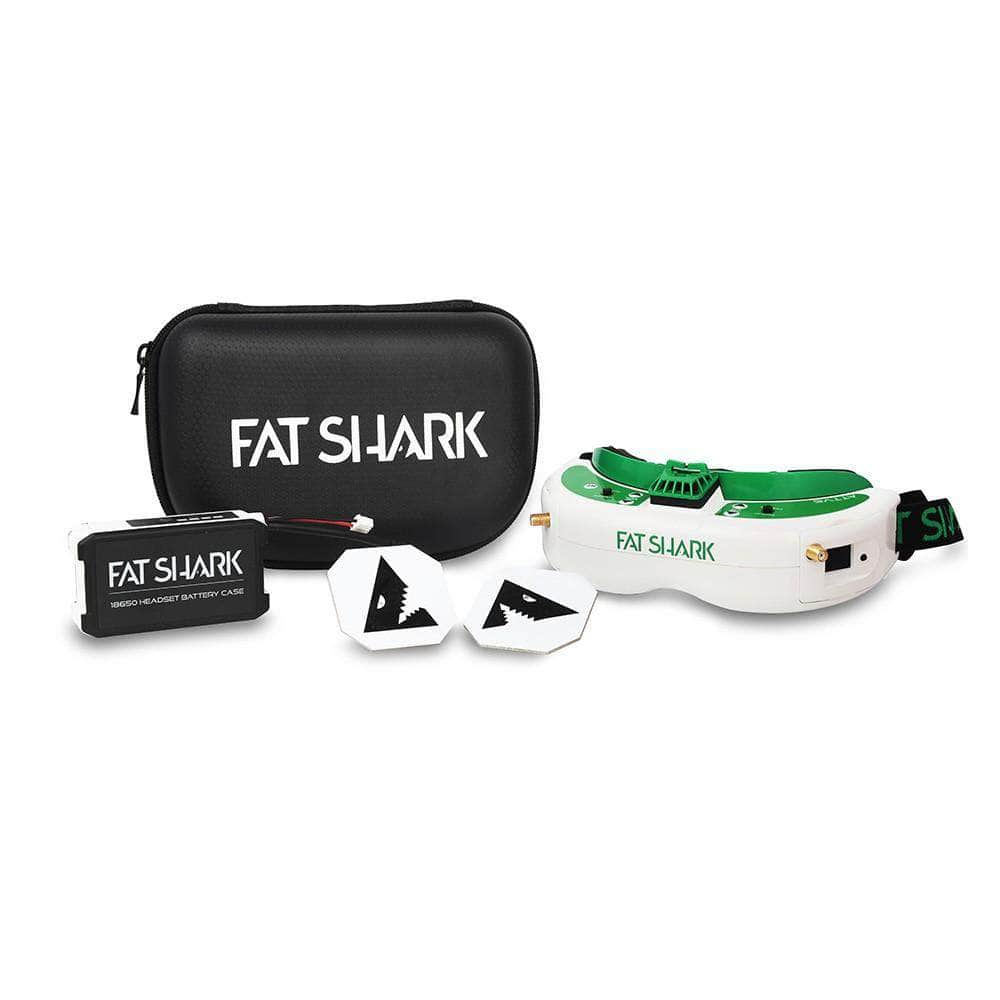
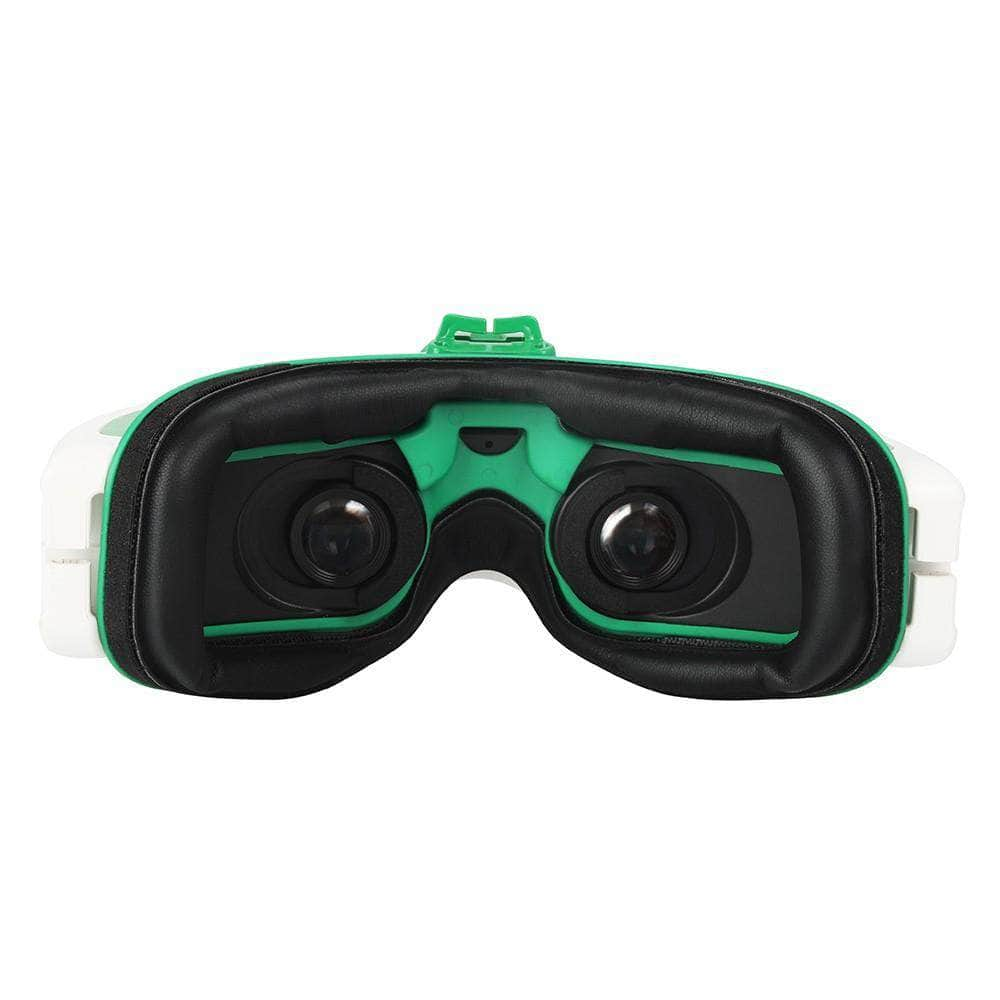
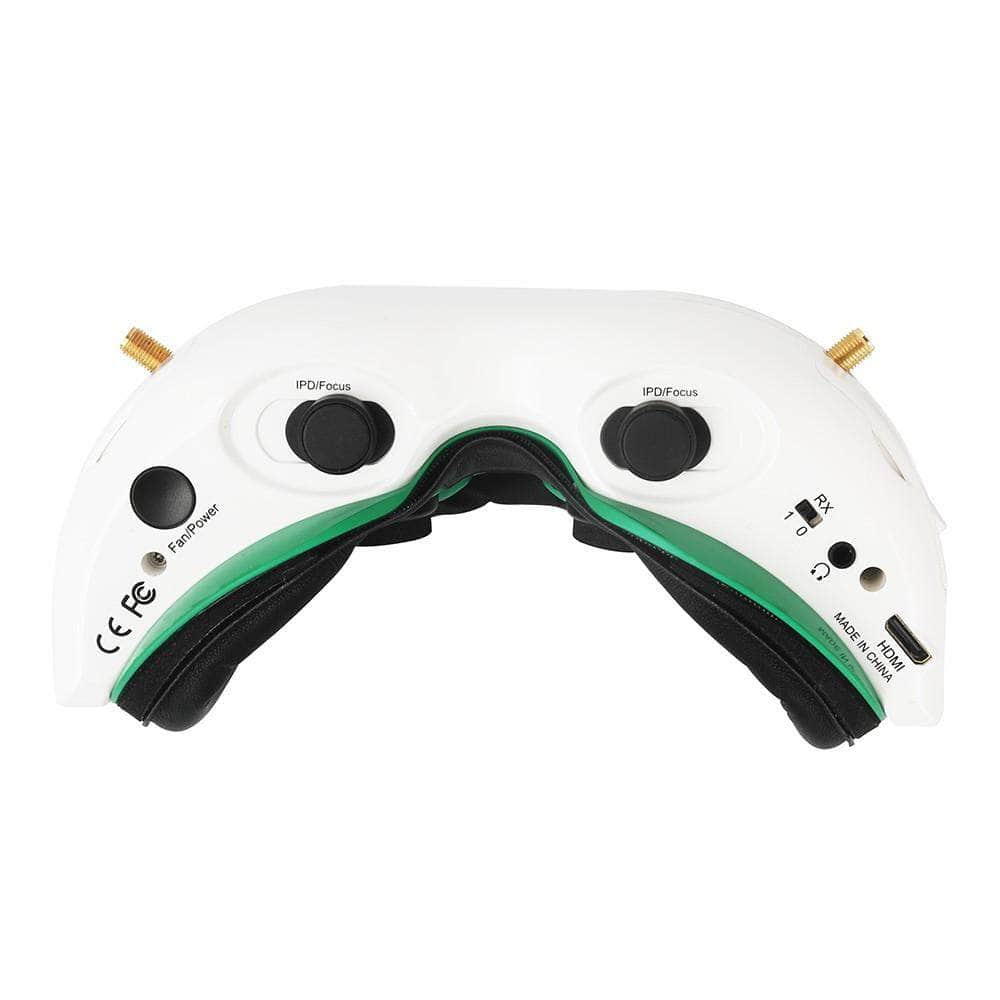

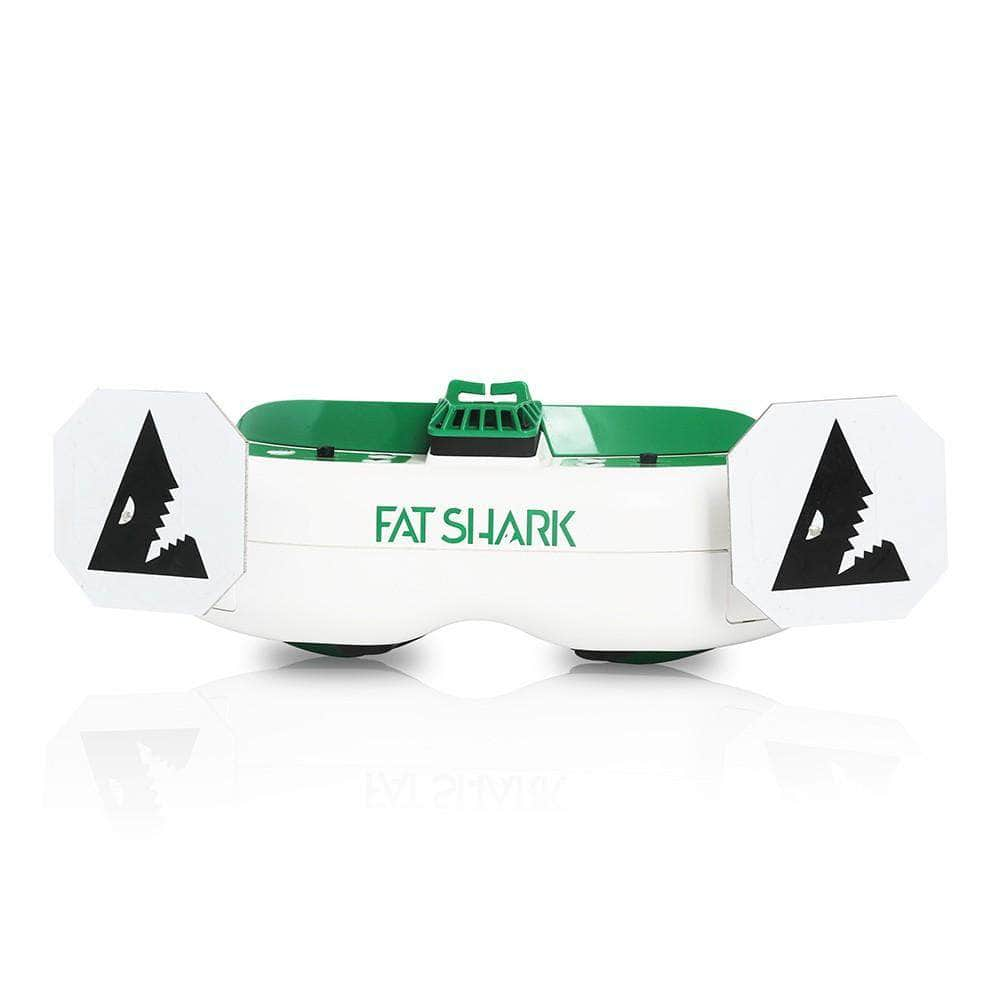
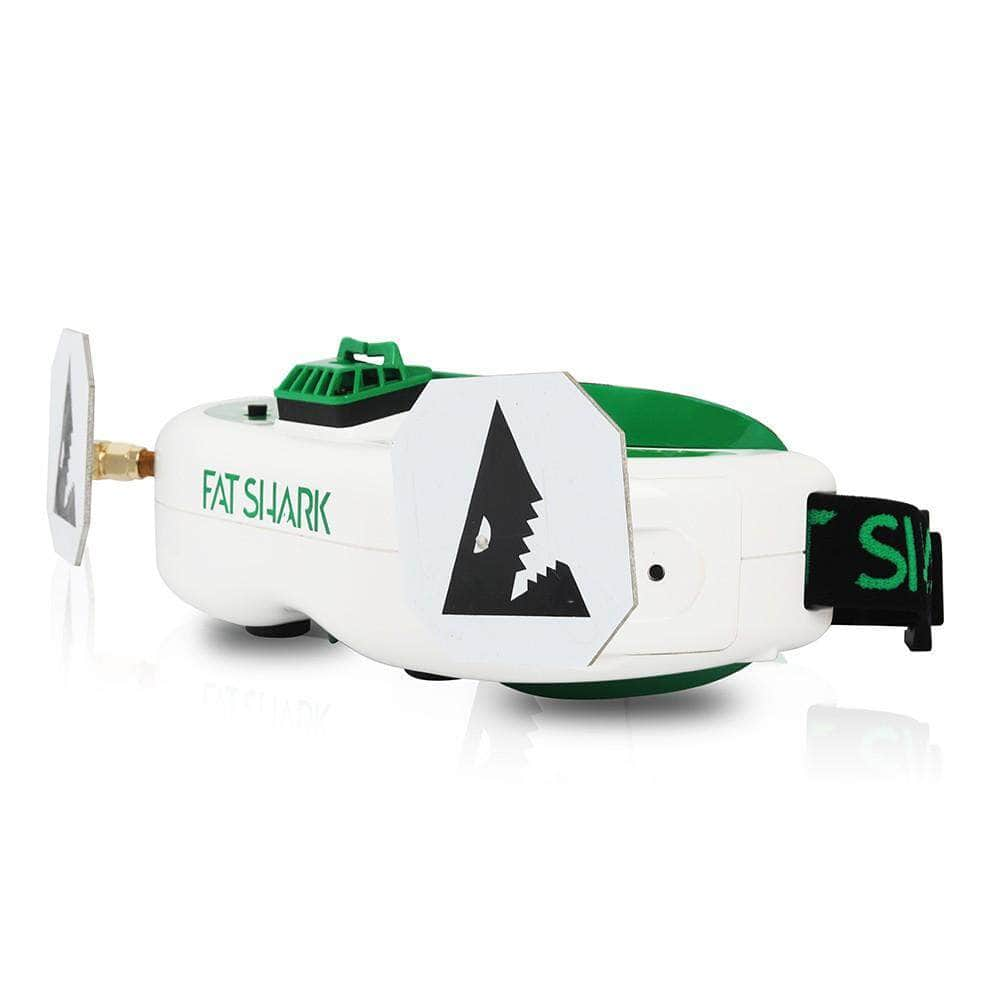
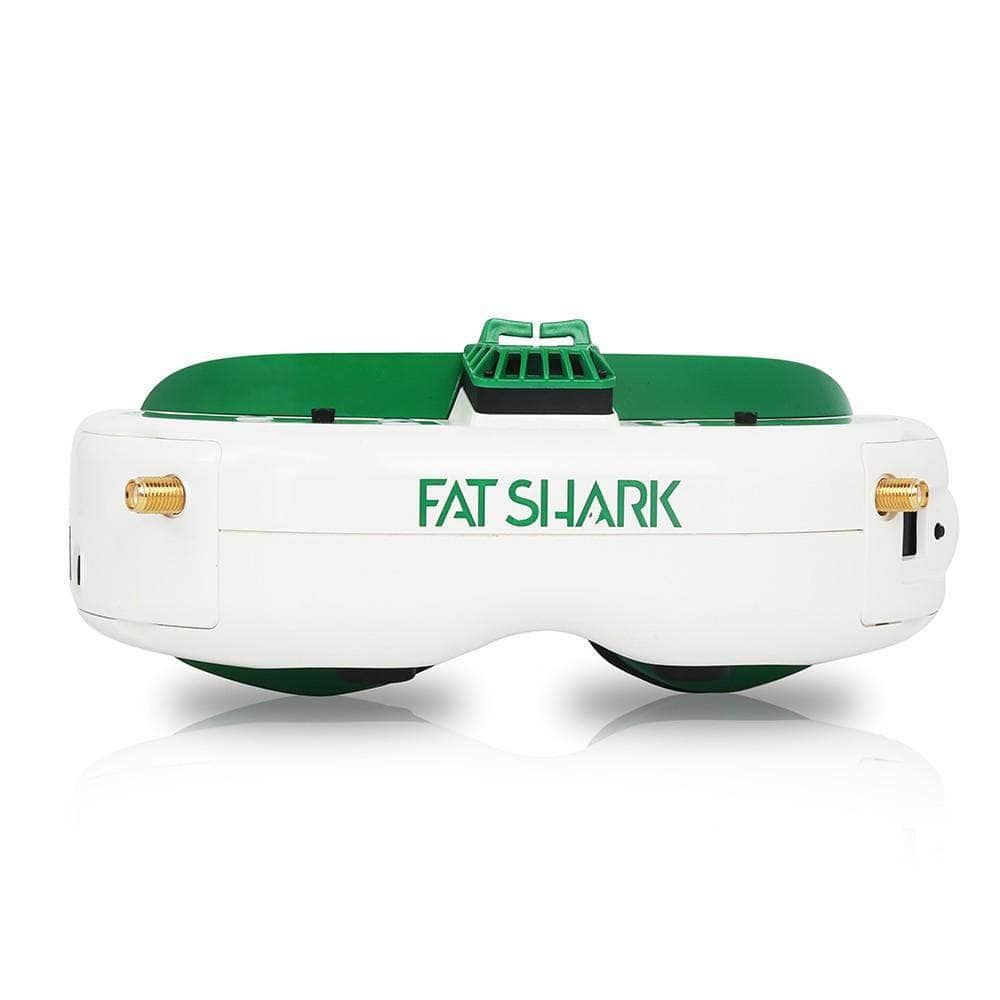

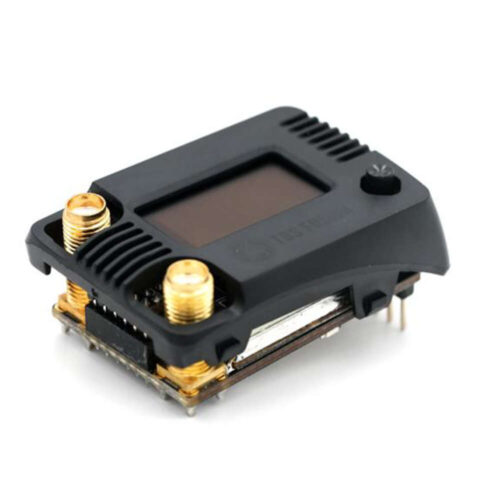
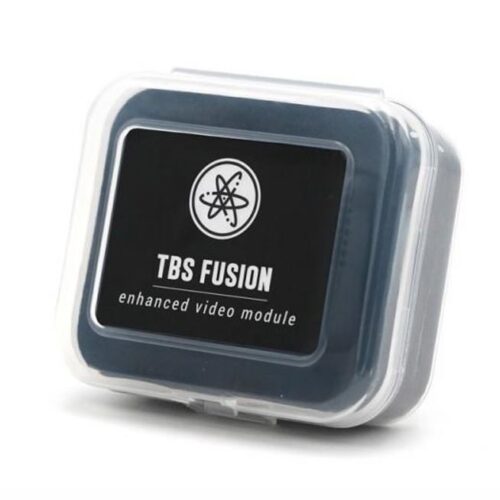
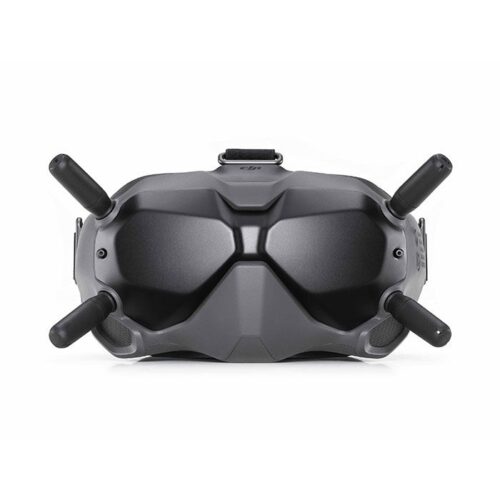
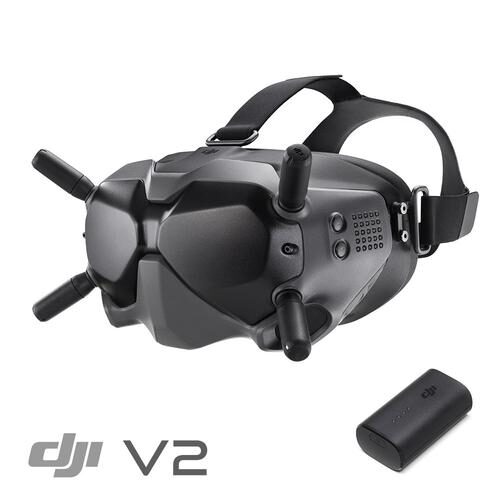
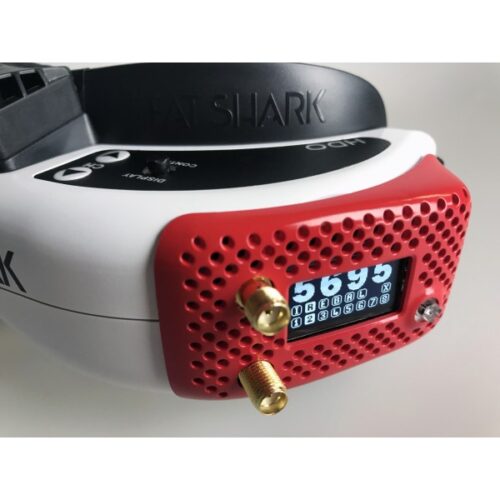

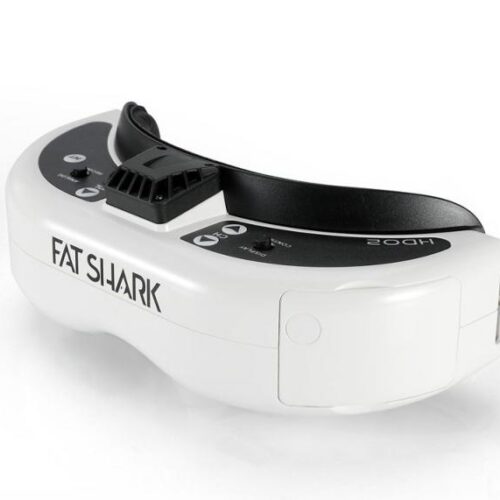

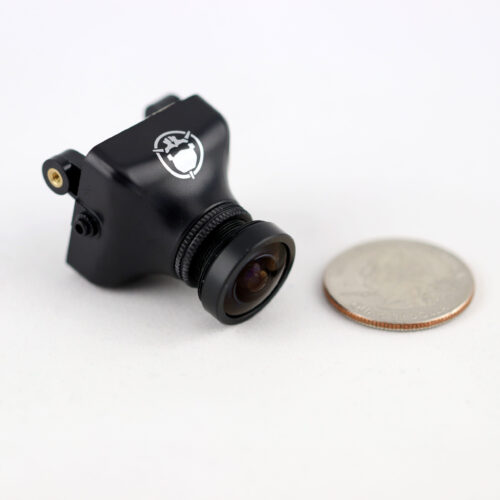
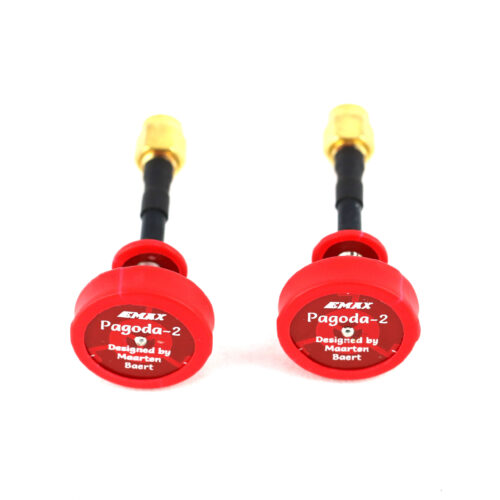
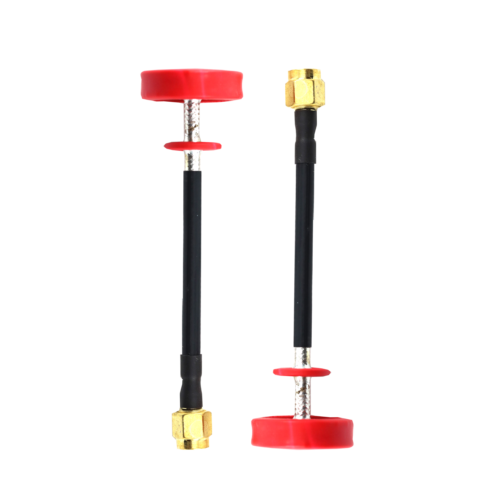
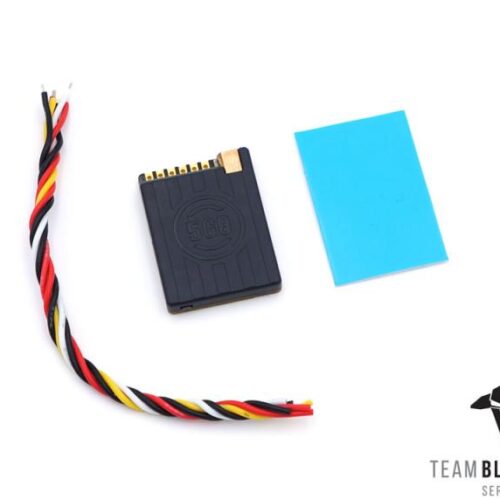
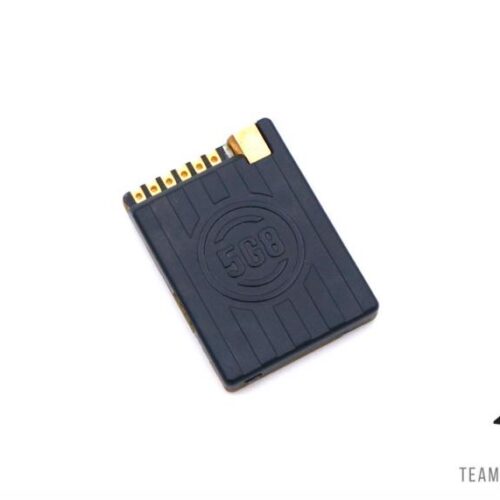
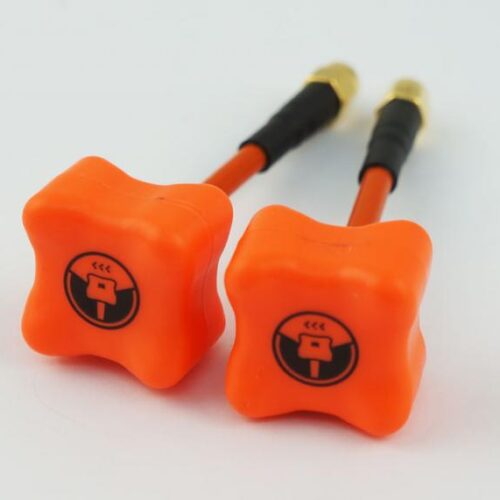
Reviews
There are no reviews yet.